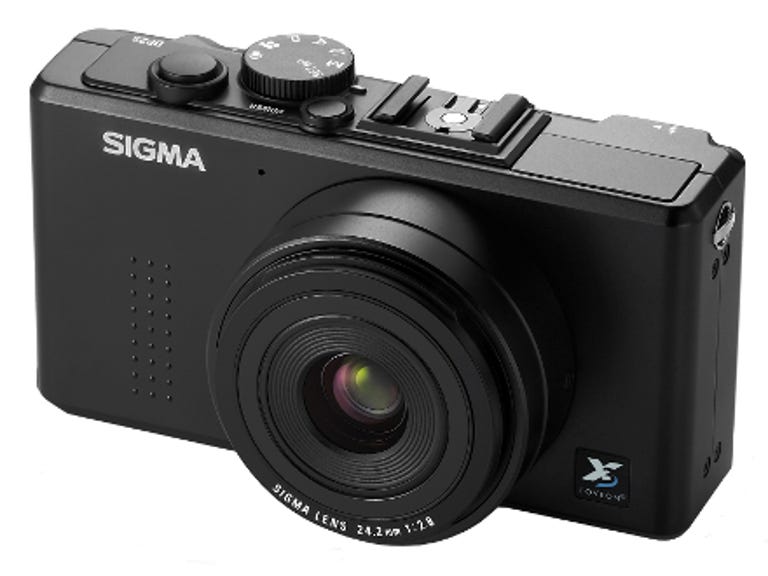 Why You Can Trust CNET
Why You Can Trust CNET Sigma DP2s review: Sigma DP2s
The DP2s is a compact camera with a big sensor, a minimum of controls and a distinct lack of bells and whistles. If you're an experienced photographer who wants a camera that does what you tell it to and takes great pictures, you should check it out
Is it really only two years since Sigma launched its revolutionary big-sensor compact camera, the DP1? It seems like a lifetime, during which Panasonic, Olympus and Sony have launched their own, much more conventional compact hybrids. Does the DP2s, heir to the DP2, have what it takes to compete? It's available now for around £550.
The Good
The Bad
The Bottom Line
Spartan carcass
The DP2s isn't a replacement for the DP1, or the updated model of that camera, the DP1s. These cameras run side by side. The DP1 and DP1s have a 28mm-equivalent wide-angle lens, while the DP2s has a general-purpose 41mm-equivalent lens. You're meant to choose the model which suits your own style of photography.

The 's' in the name stands for an update that brings an improved autofocus algorithm for faster performance, redesigned buttons on the rear and a power-saving mode that increases the number of shots you can take on a single charge. Otherwise, the camera has barely changed from the DP2.
The neat, rectangular body has the bare minimum of controls. They're clearly labelled and well separated, making for a camera that should suit traditionalists down to the ground.
There are no scene modes. The closest the DP2s gets to full automation is the program AE exposure mode. The other options are aperture-priority, shutter-priority and manual modes. This back-to-basics approach might leave beginners and gadget-fans dismayed, but it's perfect for experienced photographers who just want a camera that does what they tell it.
Don't worry about that Foveon sensor, either. A 4.7-megapixel resolution on each of the three layers sounds terrible, but these pixels are three times better than any others. Conventional cameras use a grid of red, green and blue pixels and mathematically interpolate to create full-colour data for each one, but the Sigma's sensor has three layers, sensitive to red, green and blue light, and these produce full-colour data for each pixel right from the start. The result is images with an uncanny sharpness that can be blown up far further than those taken with an ordinary, single-layer sensor.
Get a move on
But the DP2s has some problems. Sigma might have speeded up the AF with the 's' upgrade, but it's still not quick enough, and it's quite noisy too. The Panasonic Lumix DMC-GF1, Sony NEX-5 and Olympus Pen models are better in this regard.
The DP2s' 64mm (2.5-inch), 230,000-pixel LCD display just isn't good enough by today's standards. It needs to be bigger and it needs more pixels. This is a £550 camera, but the display looks like it came off one costing £50.
The camera's pretty slow at processing images, too. It can take three or four in a rapid burst, but then you have to wait while it clears the buffer. That's alright if you're not in a hurry, but it's no good for shoot-from-the-hip street photography.
The manual focus dial is a good idea, but the LCD doesn't really have the resolution to carry it off. There should also be some kind of lock to prevent you turning the dial accidentally and not noticing.
While the picture quality is stunning in its own way, it can't match today's large-sensor hybrids at high ISOs, and can produce some rather odd colours if you use the Sigma Photo Pro 4.0 software's 'auto' setting.
Conclusion
The Sigma DP2s' Foveon X3 sensor is great -- it's the camera itself that's the weak point. The Spartan controls are excellent but the LCD display is nowhere near good enough for this class of camera, and the AF and image-processing speeds need to be much faster to compete with current hybrids.
Edited by Charles Kloet
